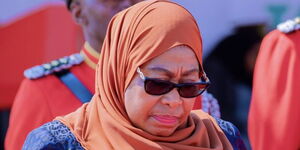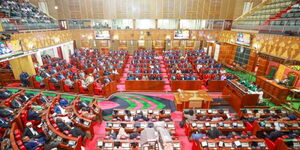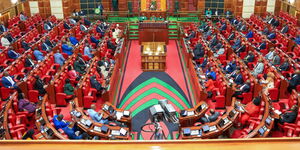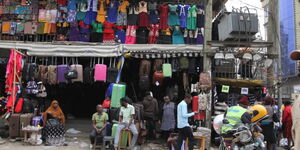The Ministry of Education has announced that over 100,000 students have successfully applied for the new university funding model.
Speaking when she appeared before the National Assembly, Higher Education Principal Secretary Beatrice Inyangala disclosed that 127,623 students have onboarded the system, with the application window set to remain open until December 21, 2024.
Inyangala confirmed the numbers, emphasizing the inclusive nature of the new funding model.
“This new education funding model is founded on principles of equity, inclusivity, and ensuring that no one is left behind,” PS Inyangala stated.
According to the principal secretary, the new funding model is a move from the initial block funding model that prioritized capitation to a more personalised program.
“We have moved from the block funding approach, where universities received capitation directly, to a more personalized system where financial support is provided to individual students.
“This ensures that students from diverse socio-economic backgrounds can access education in universities and Technical and Vocational Education and Training (TVET) institutions, regardless of the program costs,” the PS explained.
The new funding framework is designed to address disparities by tailoring financial assistance based on students' levels of need.
The Means Testing Instrument (MTI) assesses students' financial situations, considering family income as a key factor in determining the amount of support each student receives.
However, PS Inyangala highlighted a challenge in accurately gauging students’ financial needs due to discrepancies in the income data provided.
“Income determination has been particularly problematic. We’ve noticed that while some students seem able to sustain themselves, they report very low or no income when applying for financial aid. In fact, 70% of the students declared their income as Ksh5,000 or below,” she noted.
This presents a challenge in ensuring that the funds are allocated appropriately to those in genuine need.
The government is continuing to encourage students who have yet to apply to take advantage of the extended application period.
The Ministry is also working to improve the accuracy of income data to better align financial aid with students' actual needs.












